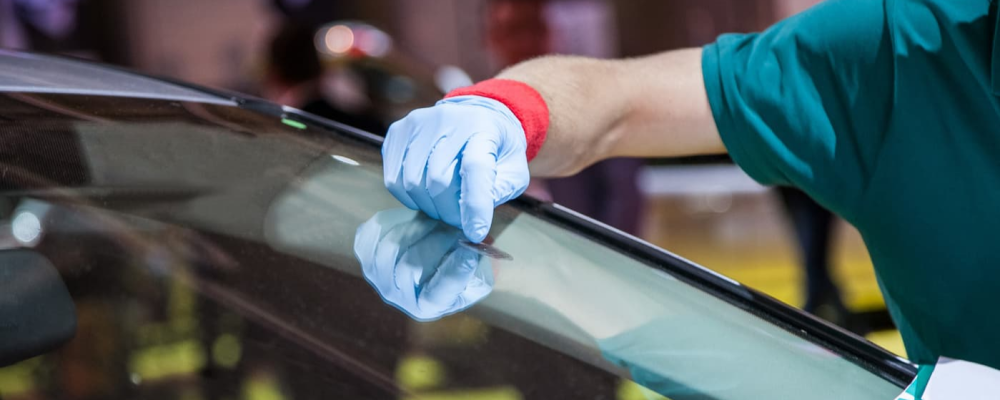Irrespective of your age or experience level, there is undeniably no more thrilling experience than going on a hunting expedition. Being well-prepared is essential, regardless of your level of expertise or experience.
People who have done it previously can tell you that there are a few things you need on hand at all times. While the specific tools required for a hunt may vary, a few staples should never be left behind.
Just because you’ve never done it before doesn’t mean you must be confused about what you need. In this post, we’ll review some essential accessories and gear that any hunter worth their salt should have. Come on, let’s look at the list!
1. Base Layer
There’s one general guideline for outdoor clothing: avoid cotton. It’s almost useless for keeping you warm outside. It does not wick away perspiration from your skin. As a result, you stay hotter in hot situations and colder in cold conditions. If you’ll be hunting in mild temps and don’t have far to go, you might be able to get away with it for now. However, purchasing a suitable base layer made of merino wool or synthetic polyester should be a priority in the near future. This comprises socks, underwear, a tight-fitting bottom, and a top.
The following insulating layers are more forgiving, but the long-term aim should comprise the above-mentioned materials. You can get by with sweaters, fleece coats, and blue jeans—whatever you have in your closet that will keep you warm. Having many layers to control how warm or cold you want to be is a good idea. When you begin to sweat, strip down to your base layer. As your body temperature returns to normal, re-layer until you are comfortable.
A Merino wool sweater or jacket might be expensive, but it’s a worthwhile purchase to hunt deer or ducks in cold weather. This is why such hunting gear for men must always be available.
2. Outer Shell Layer
The pattern for the outer layers of your hunting garments (e.g., hunting jackets, pants, etc.) will vary depending on the hunting you undertake. In Minnesota, for example, you must wear a particular quantity of blaze orange clothing when hunting upland birds or rifle deer. Still, camouflage gear is permitted when hunting turkeys or archery deer.
The material is the main component of these layers. You need something water- and wind-resistant to help lock in the body heat the insulating layers retain. Slightly bigger sizes are preferable to too-small ones since an air room helps retain heat better than tight-fitting hunting apparel.
3. Hunting Boots
Hunting boots are essential items on your hunting equipment list. They are also something you should not scrimp on, especially while hunting deer in the chilly fall weather. In colder weather, look for a pair with plenty of insulation (at least 800 grams). Similar to hunting clothing, go one size higher from your typical street shoe so you can wear many wool socks while still having room to wiggle your toes.
Tight boots will constrain your feet, making them colder faster. Cold feet will get you back to the car faster than practically anything else.
4. Fire Starter
A strong, dependable flashlight is an absolute must for nighttime hunting. With a flashlight that produces 300 lumens or more of light, you can move more securely over the terrain and locate your prey more rapidly.
Not only do you need the fire starter, but you also need to know how to build a fire. Never depend on just one kind of fire extinguisher.
5. Hunting Blade
You can’t put a price on a high-quality hunting knife. If you’re limited to just one, look for a knife that can gut and bone and have a gut hook. The length of the blade can range from three to seven inches, and it should have a large “belly” or curved portion. More room to move about while you work.
To get the most out of your knives, bring two. Use the stronger one when you’re out in the field to skin and gut the flesh, and switch to the boning knife when you’re ready to remove it from the bone. To achieve more accurate cuts along muscle groups, a boning knife is equipped with a longer and thinner blade. Do not skimp here; knives are an investment that ultimately pays you.
6. First Aid Supplies
During a hunt, anything can happen. Poison ivy, scrapes, blisters, or a twisted ankle are all possibilities. A comprehensive first aid kit should have several items such as bandages, alcohol wipes, hand sanitizer, compression wraps, pain medication, tourniquets, splint cordage, and more. You should have all the necessary supplies in your first aid pack to help yourself until assistance arrives.
You can stop the bleeding and get help if you have a first aid kit on hand. Additionally, you run the risk of being ill. In cases like these, it’s helpful to have antibiotics and pain relievers on hand.
7. Scent Killer
Also, this is a need for almost every hunter. A lot of amateur hunters make the terrible decision to not get it because they don’t think it’s important.
Now, before you head outdoors, wash all of your hunting apparel and equipment with a scent-killer detergent. This will help eliminate any remaining aromas that could lead you to your game.
For items like knives, weapons, decoys, survival gear, and anything else that can’t be washed with detergent, it’s a good idea to use a scent-killer spray.
In the end!
Hunting gear is a must-have item to enhance your performance in the woods. Remember the aforementioned necessities and add to your collection as your hunting and outdoor skills develop, regardless of whether you want to start with a basic selection or invest in top-of-the-line everything.
Best of luck to you!




